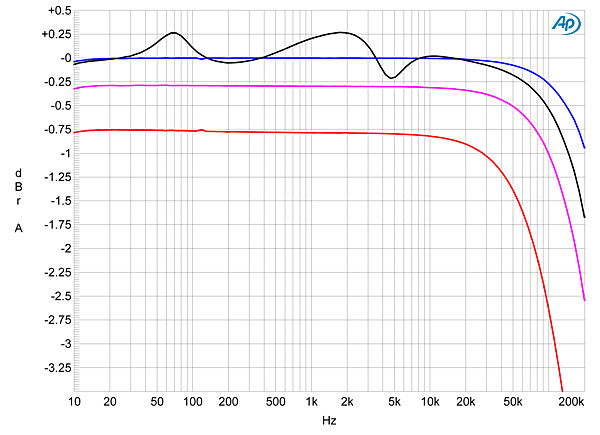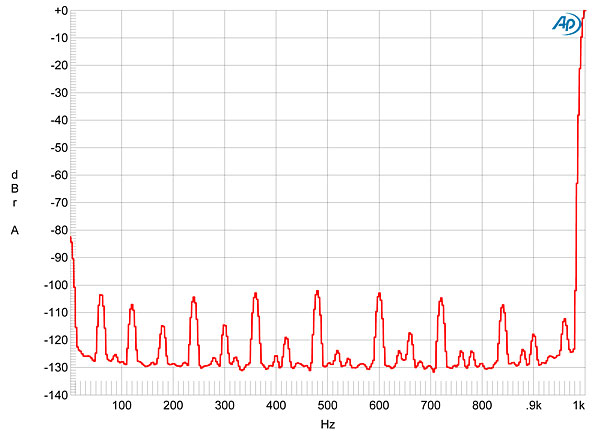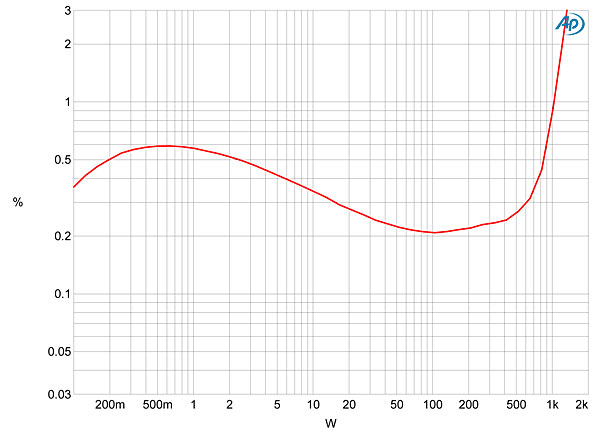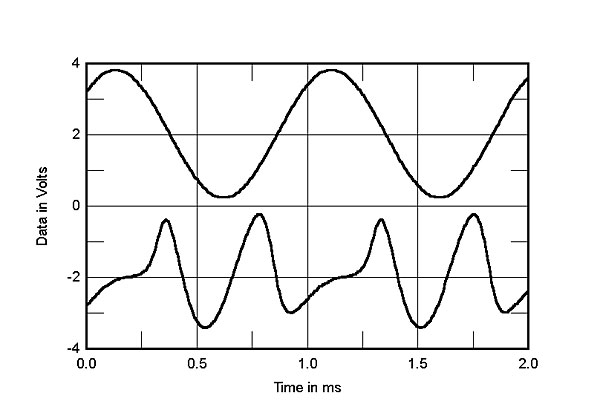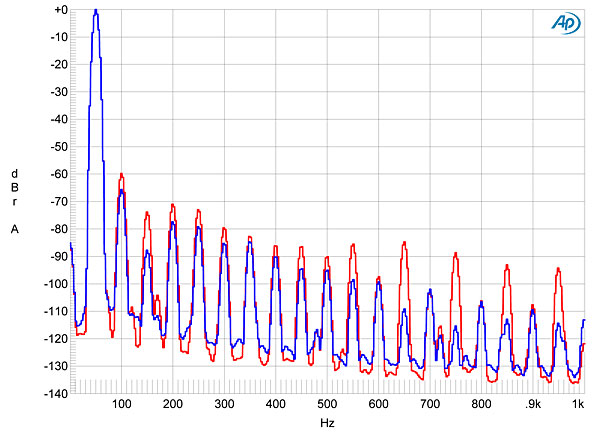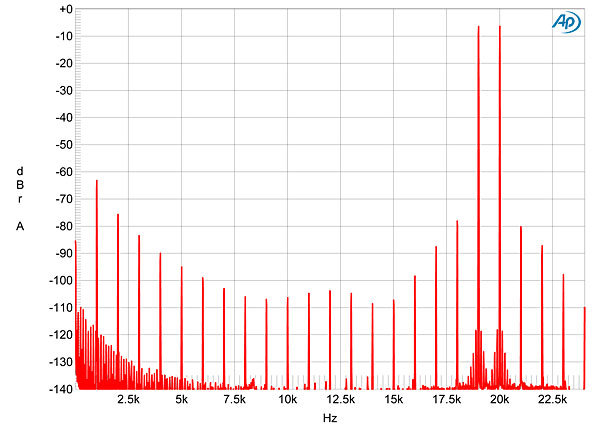| Columns Retired Columns & Blogs |
With the $16 Trillion stolen by the elite bankers who brought you "The Fed", over 110,000,000 music loving audiophiles could have a pair of these monoblocks! OR, the world could be housed and starvation ended AND have enough money left over for as many monoblocks as there are people who would want them.
